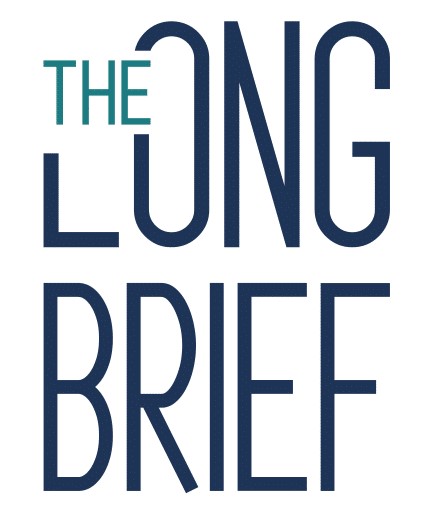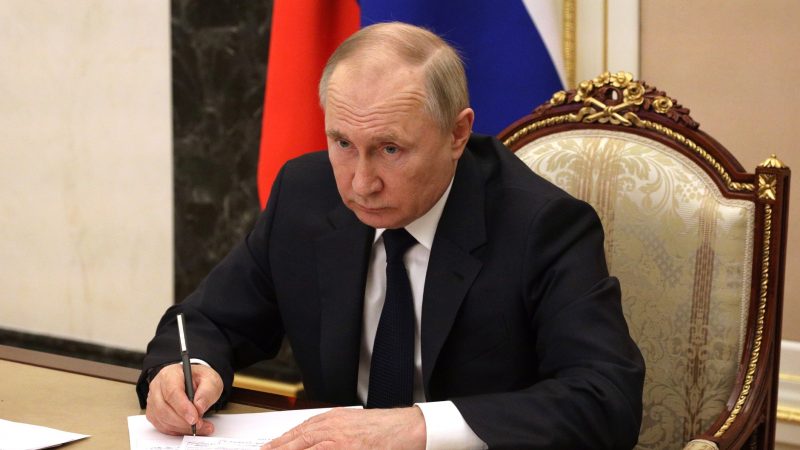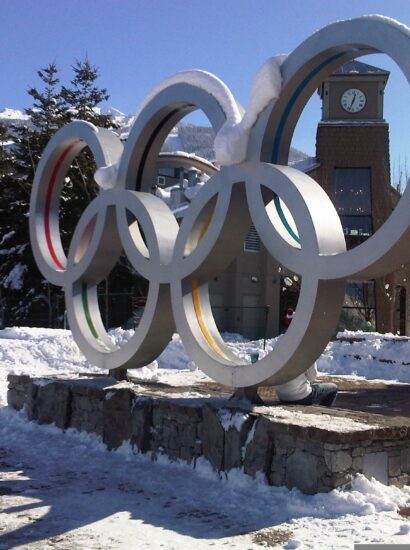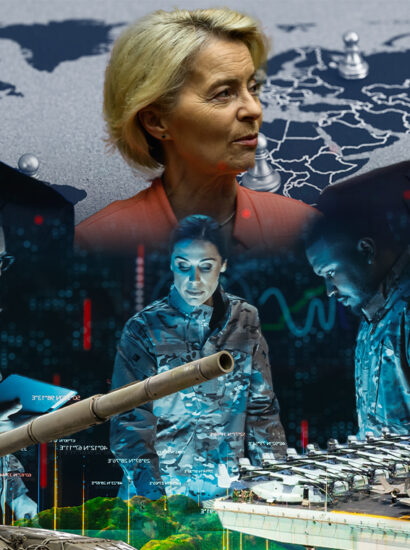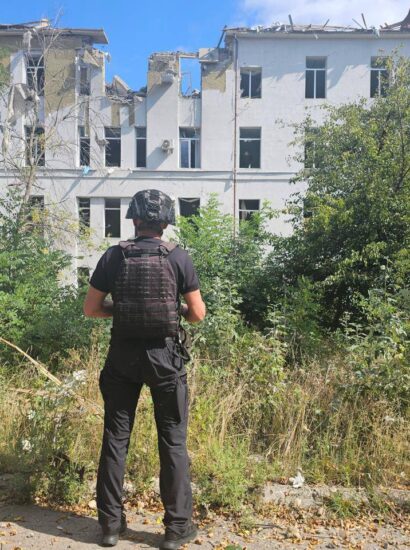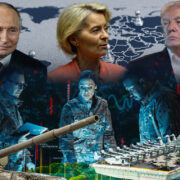While Russia’s military capabilities are fully engaged in the Ukrainian conflict, Moscow can still bring surprises through its diplomacy. With the significant expansion of its East Asian relations, new dynamics are shaping the region, indirectly serving its struggle against the West. To understand Russian president Vladimir Putin’s master plan, Henry Kissinger’s classic concept of triangular diplomacy provides assistance.
With the invasion of Ukraine, the Russian military has become one of the most popular topics in recent years. Although these writings stem from the war in Ukraine, it would be a big mistake to assume that the great Russian bear is fighting with all its claws at the western end.
The so-called Eastern Military District may become the next hot spot for the Russian military, we will undoubtedly hear a lot the term in the near future.
Vladimir Putin established this defense administrative unit in 2010 through a Presidential Decree, merging the former East Asian and Siberian Military Districts. While the war in Ukraine suppresses news coming from the East, noteworthy events are already unfolding in the East Asian region.
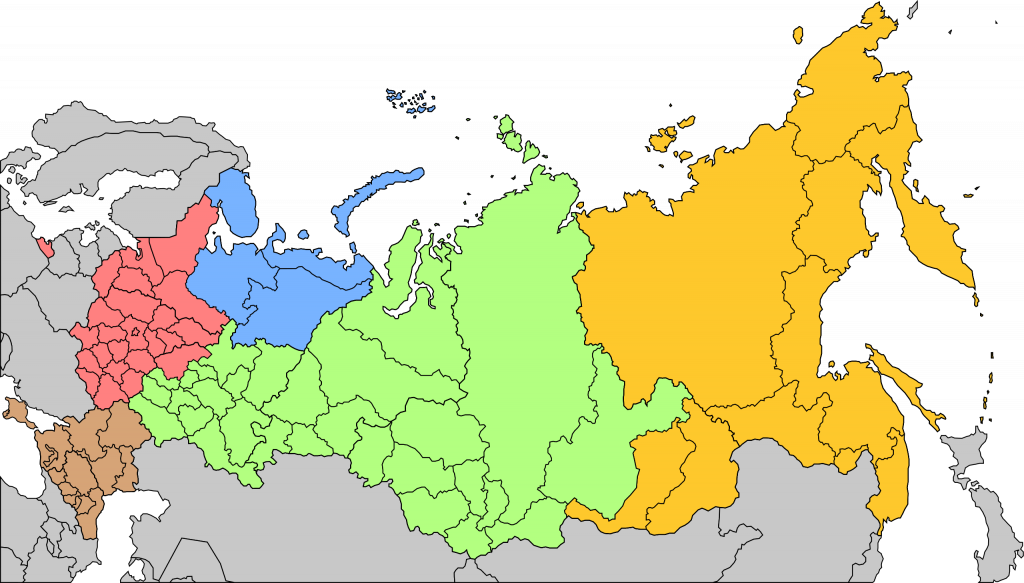
The Eastern Military District, shown in yellow, on a map of the five Russian military districts (Source: Alex Weyens / Wikimedia Commons)
At the end of August, Russian naval vessels completed a 13,000-kilometer Pacific patrol alongside Chinese ships, involving the largest warships of the Russian Pacific Fleet in a collaborative naval drill with the People’s Liberation Army. In a joint effort, these warships embarked on a voyage that covered the Sea of Japan, the Sea of Okhotsk, the Bering Sea, and the vast expanse of the Pacific Ocean. Meanwhile, according to the official statement from the Russian Ministry of Defence, the Pacific Fleet’s corvette Gremyashy conducted mock enemy submarine search drills in the northern part of the Sea of Japan at the end of August.
While cooperation among Russian and Chinese military grows, defense systems are removed from the Eastern Military District to support struggle in Ukraine. According to a recent satellite analysis by the University of Tokyo, multiple air defense missile systems deployed by Russia on two disputed islands off northern Japan in 2020 have been moved off the isles.
Yu Koizumi, a lecturer at the University of Tokyo told Kyodo news that he is also convinced that old tanks and artillery previously stored at a military facility in Sakhalin are being sent to the frontlines in Ukraine.
Gorbachev’s Lesson to Putin: Look East!
Russia’s presence in the East Asian region has long been intertwined with its challenges in the West. When the Soviet Union faced its ultimate tests in 1989, Mikhail Gorbachev turned his attention to the East. According to a Foreign Affairs article from the same year, during Gorbachev’s leadership, the Soviet Union significantly escalated its efforts to strengthen diplomatic relations with East Asian nations, particularly China, Japan, and South Korea. Additionally, there was a focus on bolstering ties with Southeast Asian countries, Australia, and New Zealand.
This period witnessed a remarkable shift towards diplomatic adaptability, characterized by frequent high-level visits, a vigorous push for improved trade connections, active participation in regional economic organizations such as the Asian Development Bank and the Pacific Economic Cooperation Council (PECC), various proposals related to arms control, and a steadfast commitment to rejuvenate the Soviet Union’s tarnished image within the region.

China’s head of state, Deng Xiaoping (center), holds the hands of Mikhail and Raisa Gorbachev during a visit by the Soviet leader to China. Behind Raisa Gorbachev is Soviet Foreign Minister Eduard Shevardnadze. (Photo by Peter Turnley/Corbis/VCG via Getty Images)
The Russian government’s emphasis on the Asia-Pacific region was further enhanced during the mid-1990s under Russian Foreign Minister Evgeniy Primakov and continued to evolve through the regional diplomatic initiatives led by President Vladimir Putin starting in 2000. Putin indicated a “pivot to Asia” focused on the Asia-Pacific region with the aim of promoting a modernisation of the economy in 2012. “Given Russia’s relatively modest economic ties and weak regional security influence, the new vector in Russian policy primarily indicated a desire by Moscow to be a part of an increasingly multipolar world in which the importance of Asia, and notably China, was growing” – the Royal United Services Institute (RUSI) explains in their recent analysis.
The purpose of the pivot was – RUSI’s article continues –, to rebalance Russia’s rising conflicts with Europe and the United States.
Starting in 2014, the deterioration in Russia’s relations with Western countries, triggered by its annexation of Crimea and involvement in the Donbas conflict, hastened Moscow’s endeavor to pivot away from its prior Euro-Atlantic orientation. This shift placed a growing emphasis on the significance of Asia in Russia’s foreign and security policy, underscoring its symbolic importance.
Kissinger’s Lesson to Putin: Talk with China!
The main target of Putin’s pivot to Asia is China. Learning from past lessons, Russia is implementing the United States’ Cold War strategy. The essence of the triangular diplomacy attributed to former US Secretary of State Henry Kissinger is that the United States successfully outmaneuvered isolated China against the Soviet Union. As the US State Department states:
“The deepening Sino-Soviet split and the emergence of China as a global power presented the Nixon administration with an opportunity to establish relations with the PRC which, by serving as a counterweight to the Soviet Union, would provide additional leverage for extracting concessions from Moscow”.
This is similar to what Russia aims to achieve through its diplomatic engagement with China. As China grows stronger, the United States will allocate more resources to the Asia-Pacific region, potentially diverting attention away from Ukraine and Europe. This strategy is framed within the context of the Greater Eurasia Partnership. According to the analysis mentioned by RUSI, the Greater Eurasia Partnership presents a Russian-led vision of Eurasian integration in collaboration with China. It also helps shift Russia’s development focus from its European territories and the previous emphasis on the Russian Far East and China towards broader engagement with Asia.
This strategy has had a significant impact on bilateral relations.
After a decade of growth, trade between the two countries reached a record $190 billion USD in 2022 and continues to rise. Russian Deputy Prime Minister Yury Trutnev stated this year that 90 percent of foreign direct investment (FDI) in Russia’s Far East region comes from China. This includes 26 infrastructure projects worth $1.6 billion USD, indicating a remarkable 150 percent year-on-year increase in Chinese investments in the region.
Gas, Guns, India
Russia, not surprisingly, is building its Asian connections with cheap gas, oil, and weapons. The conflict in Ukraine gave this effort a significant boost, especially after Western sanctions resulted in a significant decline in the European market. According to The Diplomat Magazine, currently Russia is China’s second-biggest supplier of piped gas. It looks like in 2022, they’re on track to ship about 17 billion cubic meters, which is a whopping 60 percent more than last year. Starting in early 2022, Beijing has been sending steady signals of support to Moscow through ongoing acquisitions of oil, gas, coal, and electricity, tallying up to a substantial sum of $43.68 billion. Specifically, China’s intake of oil, gas, and coal surged by 17 percent, 52 percent, and 6 percent, respectively, during the period from April to June 2022 compared to the corresponding timeframe in the previous year. The majority of the gas is transported through the “Power of Siberia” pipeline, which has a capacity of 22 billion cubic meters per year. If the construction of the second pipeline, “Power of Siberia 2,” is completed, an additional 60 billion cubic meters of Russian gas will be supplied to China. Furthermore, the Asian dragon is a significant importer of arms, accounting for over 18 percent of Russia’s exports in this sector, valued at $5.1 billion USD.
Vietnam has also been a focal point of Russian diplomatic endeavors. Russian energy firms in the South China Sea, particularly in regions claimed by both Vietnam and China, have stirred tensions with Beijing. Moreover, the Southeast Asian country is among the top purchasers of Russian arms export: 5.9 percent of Russian weapon systems go to Vietnam.
When it comes to energy and arms trade, India is Russia’s number one.
Asia’s now most populous nation covers 20 percent of its daily oil consumption from Russia, up from 2 percent within just a year. According to a BBC article, India purchases two million barrels of crude oil from Russia every day, a move that is not well-received by Western countries. India also stands as the largest customer of Russian arms exports. According to the Stockholm International Peace Research Institute’s (SIPRI) 2022 yearbook, India has acquired 23 percent of Russia’s weapons, totaling $6.5 billion USD over the past five years. Russia accounts for nearly half of India’s arms imports, making up 49.3 percent of the total. Among these imports, India has received approximately 200 Sukhoi and MiG fighter jets, the S-400 surface-to-air defense system, and it is also one of the six countries operating nuclear-powered submarines leased from Russia.
Putin in East Asia: Triangular Diplomacy into Hexagonal Diplomacy
High interdependency between Russia and India makes the regional relations more complex. While ties between China and Russia grow rapidly, Moscow has upheld connections with Japan and India to counterbalance China’s growing influence in the region. Additionally, Russia has increased its involvement with the Philippines, Malaysia, Indonesia, and Vietnam, all of which have territorial disputes and sovereignty claims against China.
The changing trends in Russia’s economic relations suggest, that the most important partner for Moscow’s double game might not be China, but India.
This relation suggests, that the afore mentioned triangular diplomacy appears on a regional level: where Russia is trying to play the rising China and India against each other. The dynamics of global and regional triangular relations are the predominant factors influencing the power structure of East Asia and the Indo-Pacific region.
